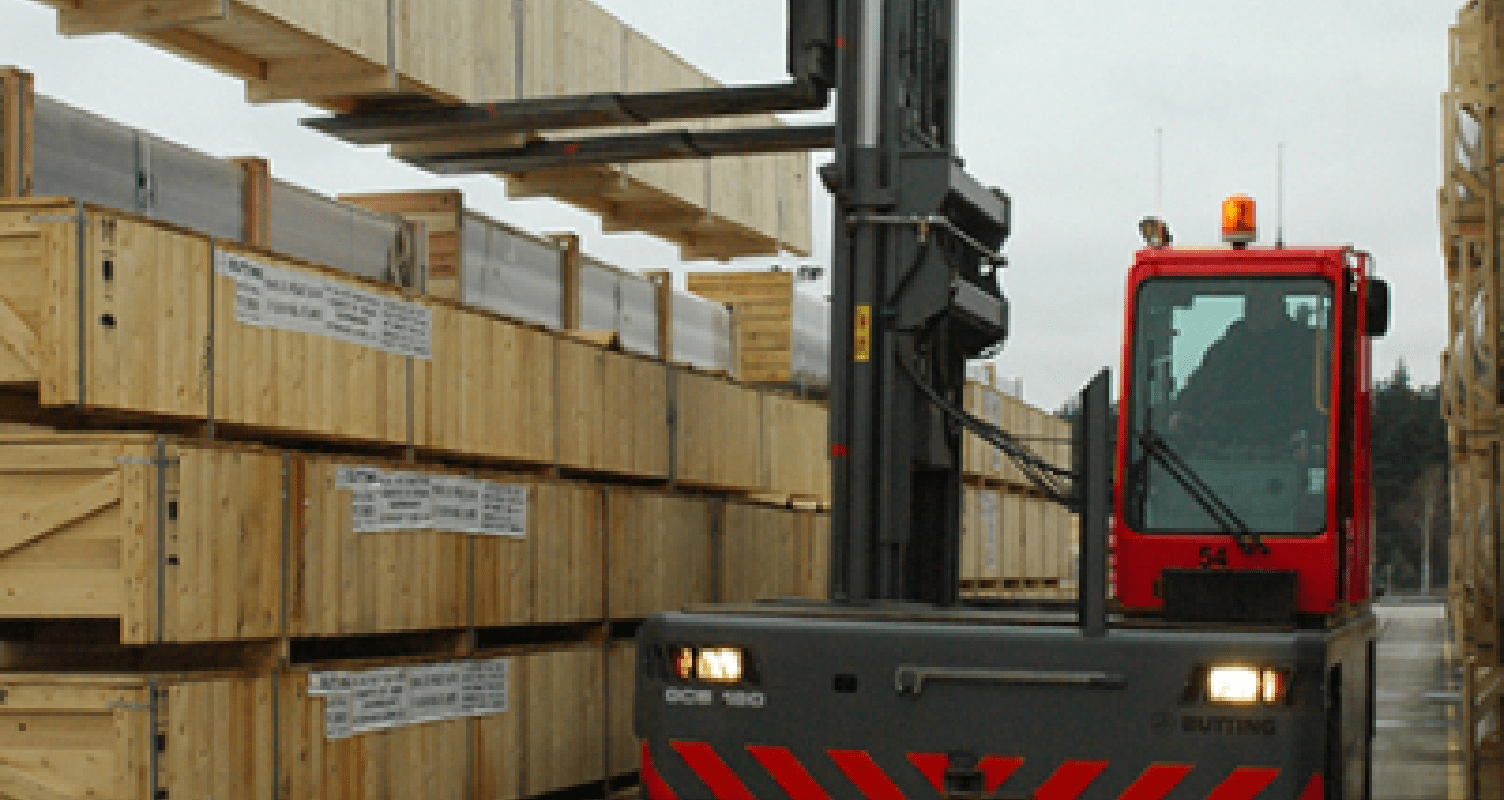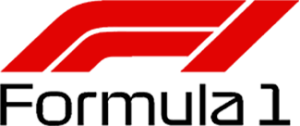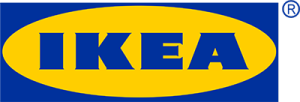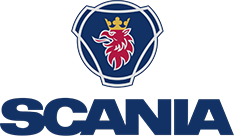
Loading and unloading a truck from both sides using a forklift comes with several disadvantages, primarily related to efficiency, safety, logistics, and costs. Here’s an overview of the main drawbacks:
1. 𝗦𝗮𝗳𝗲𝘁𝘆 𝗥𝗶𝘀𝗸𝘀 – 𝗜𝗻𝗰𝗿𝗲𝗮𝘀𝗲𝗱 𝗥𝗶𝘀𝗸 𝗼𝗳 𝗔𝗰𝗰𝗶𝗱𝗲𝗻𝘁𝘀:
– Forklifts working on both sides of the truck may cross paths, increasing the risk of collisions.
– Drivers and pedestrians face higher risks if visibility is reduced due to simultaneous activities.
2. 𝗟𝗼𝗴𝗶𝘀𝘁𝗶𝗰𝗮𝗹 𝗖𝗵𝗮𝗹𝗹𝗲𝗻𝗴𝗲𝘀 – 𝗦𝗽𝗮𝗰𝗲 𝗜𝘀𝘀𝘂𝗲𝘀 – 𝗖𝗼𝗺𝗽𝗹𝗲𝘅 𝗖𝗼𝗼𝗿𝗱𝗶𝗻𝗮𝘁𝗶𝗼𝗻:
– Loading and unloading from two sides requires extra space on both sides of the truck, which is not always available in warehouses or loading bays.
– It demands proper coordination between forklift operators, complicating the operation and potentially causing delays.
3. 𝗘𝗳𝗳𝗶𝗰𝗶𝗲𝗻𝗰𝘆 𝗣𝗿𝗼𝗯𝗹𝗲𝗺𝘀 – 𝗧𝗶𝗺𝗲 𝗟𝗼𝘀𝘀 – 𝗗𝗼𝘂𝗯𝗹𝗲 𝗢𝗽𝗲𝗻𝗶𝗻𝗴𝘀:
– Coordinating which side of the truck to handle first or simultaneously can take extra time.
– Opening both sides of the truck can lead to additional wait times, especially if access on one side is limited.
4. 𝗖𝗼𝘀𝘁 𝗜𝗺𝗽𝗹𝗶𝗰𝗮𝘁𝗶𝗼𝗻𝘀 – 𝗔𝗱𝗱𝗶𝘁𝗶𝗼𝗻𝗮𝗹 𝗘𝗾𝘂𝗶𝗽𝗺𝗲𝗻𝘁 𝗡𝗲𝗲𝗱𝘀 – 𝗛𝗶𝗴𝗵𝗲𝗿 𝗠𝗮𝗶𝗻𝘁𝗲𝗻𝗮𝗻𝗰𝗲 𝗖𝗼𝘀𝘁𝘀:
– It may require multiple forklifts and operators, increasing operational costs.
– More intensive use of equipment can lead to increased maintenance expenses.
5. 𝗗𝗮𝗺𝗮𝗴𝗲 𝘁𝗼 𝗖𝗮𝗿𝗴𝗼 𝗼𝗿 𝗧𝗿𝘂𝗰𝗸𝘀 – 𝗥𝗶𝘀𝗸 𝗼𝗳 𝗗𝗮𝗺𝗮𝗴𝗲 – 𝗪𝗲𝗮𝘁𝗵𝗲𝗿 𝗘𝘅𝗽𝗼𝘀𝘂𝗿𝗲:
– Simultaneous loading or unloading can lead to incorrect movements or accidents, causing damage.
– Goods loaded or unloaded from both sides may be exposed to wind, rain, or other weather conditions for longer periods, increasing the risk of damage.
𝗦𝗼𝗹𝘂𝘁𝗶𝗼𝗻𝘀 𝗼𝗿 𝗖𝗼𝗻𝘀𝗶𝗱𝗲𝗿𝗮𝘁𝗶𝗼𝗻𝘀
• Investing in telescopic forklift forks 𝗞𝗢𝗢𝗜® 𝗥𝗲𝗮𝗰𝗵𝗙𝗼𝗿𝗸𝘀 could be an effective solution.














